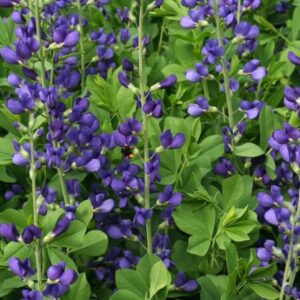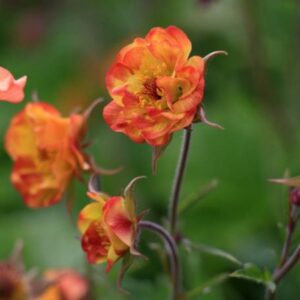Description
Rudbeckia (Black Eyed Susan) – Bright, Cheerful Blooms for Every Garden
Add a touch of sunshine to your garden with Rudbeckia (Black Eyed Susan), one of the most beloved and vibrant perennials known for its stunning yellow petals and dark brown or black central cones. These iconic flowers, often referred to as Black Eyed Susans, are perfect for creating colorful garden beds, wildflower meadows, or pollinator-friendly landscapes. With their long bloom period and low-maintenance care, they’re a must-have for gardeners seeking reliable beauty that lasts throughout the summer and into fall.
Whether you want to brighten up a border, attract butterflies, or fill in gaps in your garden, Black Eyed Susans offer bold color, resilience, and ease of care.
Why Choose Rudbeckia (Black Eyed Susan)?
Rudbeckia is a hardy, drought-tolerant perennial that thrives in full sun and well-drained soil. Known for its cheerful, daisy-like flowers, Black Eyed Susan blooms from mid-summer to fall, bringing consistent color and interest to your garden even as other flowers begin to fade.
These plants grow between 18 to 30 inches tall, making them ideal for adding vertical interest in borders, or using as accent plants in wildflower gardens. Their attractive flowers are pollinator-friendly, drawing in bees, butterflies, and even hummingbirds, making them a valuable addition to any pollinator garden.
Key Features of Rudbeckia (Black Eyed Susan):
-
🌼 Bright, Cheerful Blooms: Yellow petals with a dark brown or black center create a striking contrast
-
🐝 Pollinator-Friendly: Attracts bees, butterflies, and hummingbirds
-
🌞 Sun-Loving: Thrives in full sun and well-drained soil
-
🌱 Low Maintenance: Drought-tolerant, resistant to pests, and easy to grow
-
🏡 Ideal for Borders, Beds, and Meadows: Great for adding color and texture to any garden design
Growing Tips:
Plant Rudbeckia (Black Eyed Susan) in full sun to ensure the best blooms. These perennials prefer well-drained soil but are adaptable to various soil types. Water deeply but infrequently, allowing the soil to dry out between waterings, as they are drought-tolerant once established.
After the blooming season, you can cut back spent flowers to encourage the plant to remain tidy, but leave some seed heads for birds in winter. Deadheading will also help prolong blooming through fall.






Reviews
There are no reviews yet.